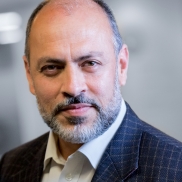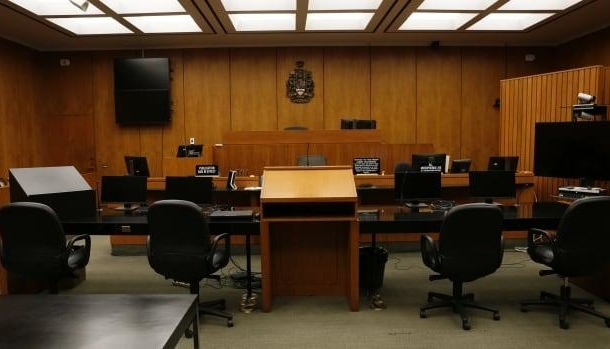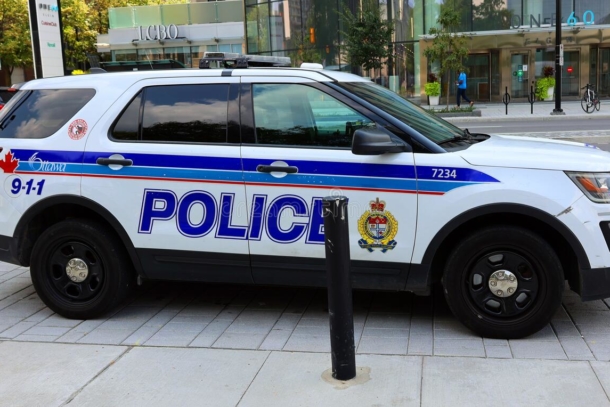According to a Stats Canada report released last month, 2021 witnessed the highest rate of gang killings in Canada in the last16 years.
We need to do something different if we want to change the trend. Although there are theories blaming everything on Trudeau and Obama and linking it to a hidden agenda to destroy Canada, US and others, the reality is that inequity is increasing by the dame rate.
Research suggests that the majority of violent crime is concentrated in a small number of neighbourhoods in almost every metropolis. A city may have virtually no violent crime in some areas while having an order of magnitude more in others. 50% of all crimes, according to a study of five Latin American nations, took place on just 3-8% of roadway segments.
For instance, less than 2% of the street segments in Bogota are home to more than 98% of the city’s homicides.
The solution is:
1. A place-based approach to building equity. Instead of prioritising investment in building equity and following an integrated approach to tackling spatial, economic and social exclusion in most inequitable neighbourhoods, we too frequently either ignore or try to address the issue through increased policing.
2. Focusing on hots-spots by law-enforcement agencies in partnership with social services organizations.
3. Building social cohesion and working closely with youth and improving access to jobs and skills.
4. Collecting relevant data to study inequity, its social, financial, economic, health and community safety related impact and increase in crime rates, and positive outcomes of equity building measures.
Neighbourhood inequity stands out. Lets look at it from the financial stand point. Crime and community safety issues – a logical consequence of inequity – ultimately have significant financial impact as well. A 2-8% annual loss in GDP growth is attributed to violence, according to the seminal Pathways for Peace research. Along with saving millions of lives, doing so might bring in up to $70 billion annually on a global scale.
A US city study, for instance, found that a 25% drop in homicidal violence might result in a 2.1% rise in housing costs the following year. Gains of approximately $1.5 billion and $11 billion can be calculated for Jacksonville and Boston, respectively.
We can’t take addressing inequity for granted. Addressing social, economic, health and other forms of inequity is needed both from the crime prevention as well as economic development perspective.
——-
Abid Jan is a community safety and well being professional in Ottawa. The views presented here are his own. He is a long-time community safety and well being professional reachable at jan.abid@outlook.com
Disclaimer: The ideas, views and opinions expressed in this LinkedIn posts and profiles represent author’s own views and not those of any of his current or previous employer or LinkedIn. Also, any and all comments on his posts from respondents/commenters to these postings belong to, and only to, the responder posting the comment(s). The author is not responsible or liable for any such comments.




Comments
droversointeru
I have not checked in here for some time because I thought it was getting boring, but the last several posts are great quality so I guess I¦ll add you back to my daily bloglist. You deserve it my friend 🙂